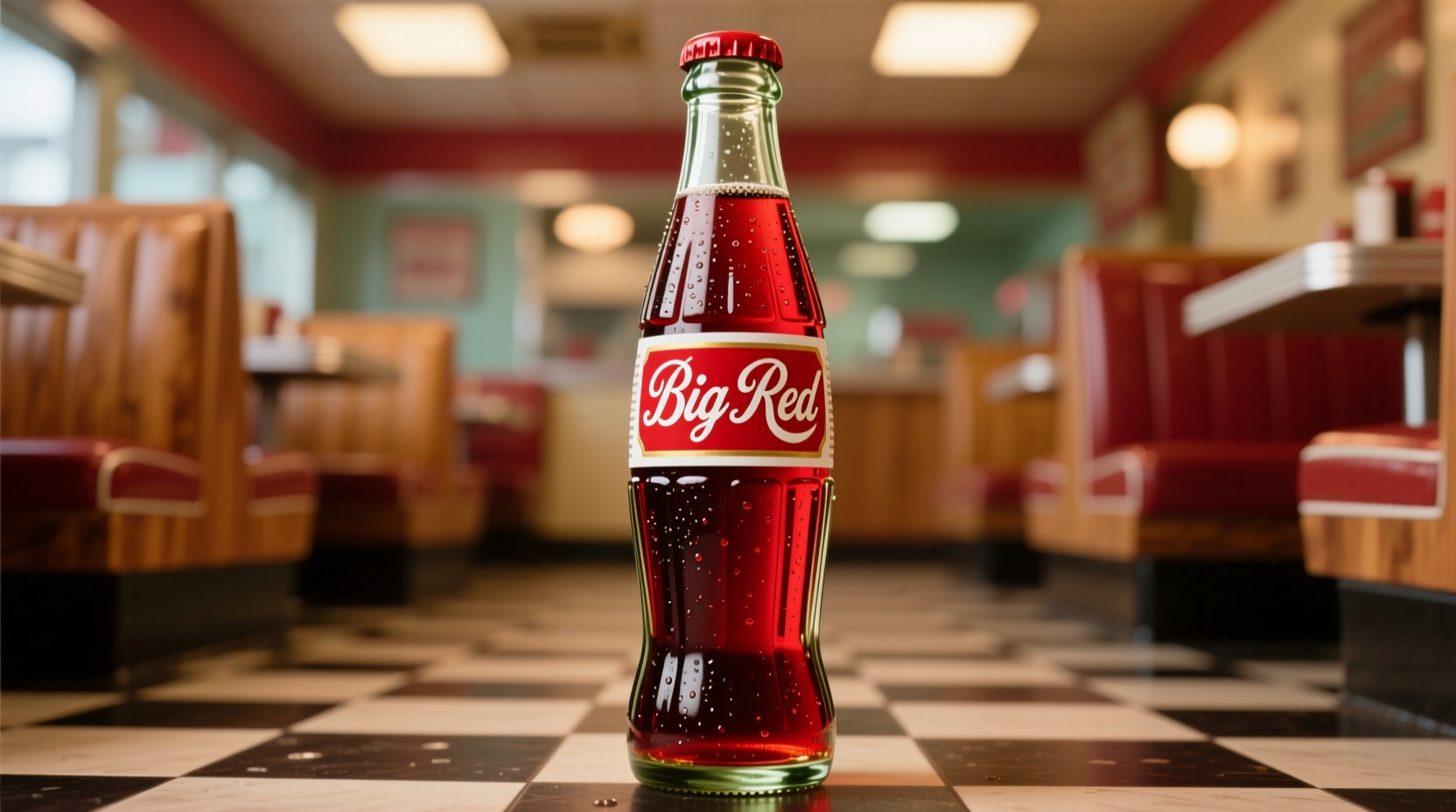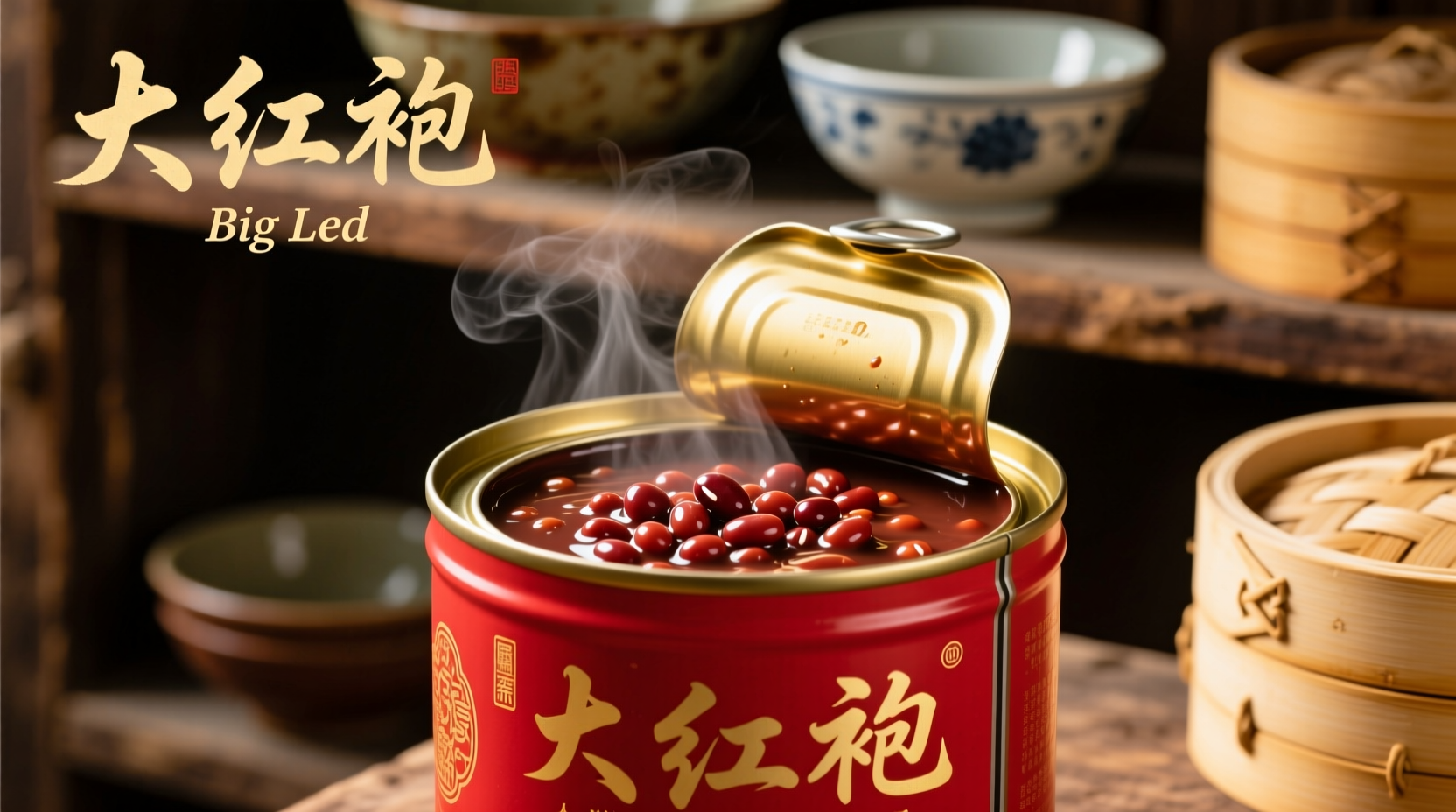Ever wondered what is the flavor of big red that makes it stand out among soft drinks? This Texas-born beverage has captivated taste buds since 1937 with its signature combination that's neither purely vanilla nor citrus, but something uniquely its own. Understanding the precise flavor components helps explain why Big Red has maintained regional popularity for decades while remaining relatively unknown elsewhere.
The Core Flavor Components of Big Red
Big Red's flavor profile centers around three primary elements that work in harmony:
- Creamy vanilla - The dominant note that gives Big Red its "cream soda" classification
- Citrus elements - Primarily orange oil, which differentiates it from traditional cream sodas
- Subtle spice undertones - Including cinnamon and nutmeg that add complexity
Unlike standard cream sodas that focus almost exclusively on vanilla, Big Red's distinctive orange-citrus component creates what many describe as a "vanilla-orange" hybrid flavor. The spice notes are present but subtle enough that they don't dominate the profile, instead providing depth that makes the sweetness more interesting.

How Big Red Compares to Similar Beverages
Understanding what does big red soda taste like requires comparison with similar beverages. The table below shows key flavor differences:
| Beverage | Primary Flavor Notes | Sweetness Level | Distinctive Characteristics |
|---|---|---|---|
| Big Red | Vanilla, orange oil, subtle spices | High (41g sugar/12oz) | Creamy texture with citrus twist |
| Traditional Cream Soda | Pure vanilla | High (38-40g sugar/12oz) | Straightforward vanilla sweetness |
| Root Beer | Sassafras, wintergreen, licorice | Moderate-High (40g sugar/12oz) | Earthy, herbal complexity |
| Orange Soda | Citrus (orange) | High (40g sugar/12oz) | Bright, tangy citrus flavor |
Big Red Flavor Evolution Timeline
The distinctive big red flavor profile explained has remained remarkably consistent since its creation, with only minor adjustments over time:
- 1937 - Created by Grover Thomsen and R.H. Roark in Waco, Texas as "Sun Tang Red Cream Soda"
- 1958 - Renamed "Big Red" and formula slightly adjusted for broader appeal
- 1969 - Acquired by Dr Pepper, with careful preservation of original flavor profile
- 1990s - Brief experimentation with caffeine addition (quickly reversed due to consumer feedback)
- Present - Maintains nearly identical flavor profile to original 1937 formulation
This consistency explains why longtime fans can immediately recognize Big Red's flavor, even after years without tasting it. The formula has changed less than most major soft drinks over the decades.
When Big Red's Flavor Works Best: Context Boundaries
Understanding the big red ingredients flavor breakdown reveals optimal consumption contexts:
- Temperature matters - Best served very cold (34-38°F), which enhances the creamy perception and reduces overwhelming sweetness
- Food pairing potential - Complements spicy foods (the vanilla cools heat) and works well with barbecue
- Limited culinary applications - While some use it in floats or sauces, the strong flavor dominates most recipes
- Regional preference factor - Texans and Southerners often prefer it straight, while others may find it too sweet without ice
Why Big Red Tastes Different Than You'd Expect
The taste of texas big red soda creates a flavor paradox - it contains orange oil yet doesn't taste predominantly orange. This happens because:
- The vanilla component is so dominant it transforms the citrus notes
- Spice elements blend with citrus to create something neither purely orange nor spice-forward
- High sugar content (41g per 12oz) creates a creamy mouthfeel that affects flavor perception
- The specific ratio of ingredients creates an emergent flavor that's greater than the sum of its parts
This phenomenon explains why many people struggle to identify exactly what they're tasting when they first try Big Red - it's creating a flavor experience that doesn't have a direct counterpart in other beverages.
Practical Flavor Applications
Knowing big red vs root beer flavor comparison helps determine best uses:
- As a standalone beverage - Best enjoyed ice-cold in a tall glass with extra ice to moderate sweetness
- With food pairings - Excellent with spicy Tex-Mex, barbecue, or fried foods (the vanilla cuts through richness)
- In floats - Creates a unique "Big Red float" that's more complex than standard vanilla ice cream floats
- Limited cocktail use - Works in some tropical cocktails but often overwhelms more delicate spirits
Unlike many regional specialties that struggle to gain national appeal, Big Red's distinctive flavor profile has maintained dedicated fans while remaining relatively niche - a testament to how precisely calibrated its flavor balance is for its target audience.











 浙公网安备
33010002000092号
浙公网安备
33010002000092号 浙B2-20120091-4
浙B2-20120091-4